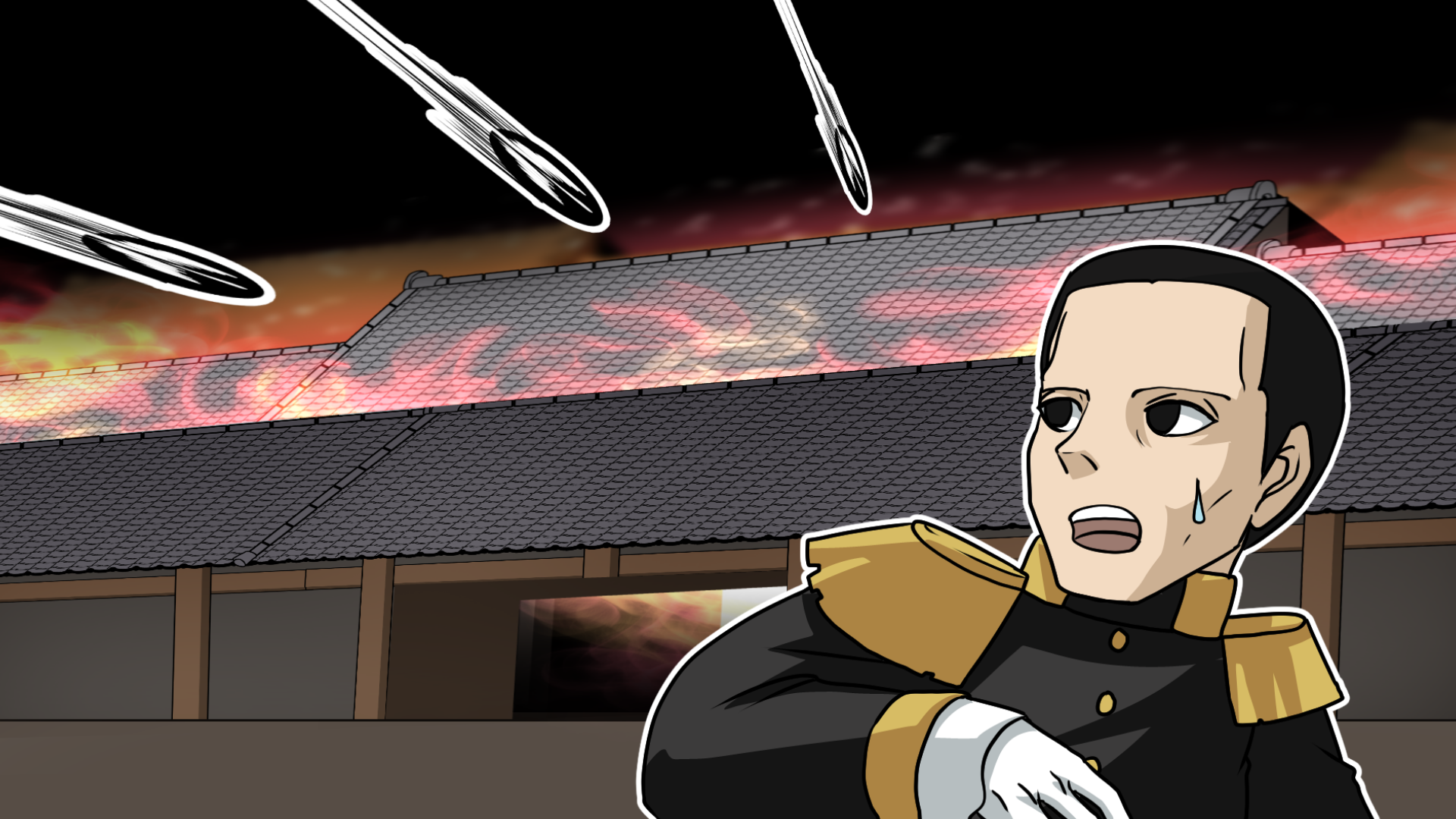Yanaka Reien, Yanaka, Taito ward
Yoshinobu Tokugawa: The Last Shogunate
What went on inside shogun Yoshinobus heart that led to the surrender of the Edo Castle without blood?

(Voice actor) Mr.David Radtke

The last and 15th shogun of the Tokugawa regime, Yoshinobu Tokugawa, is a polarizing figure. On the one hand, he is the one who destroyed the Tokugawa regime, and on the other, he is an honorable person who avoided a nation-dividing civil war by losing. Yoshinobu was actually thought of as the second coming of the 1st shogun Ieyasu Tokugawa, who established the Tokugawa regime, and people had high expectations. He showed an understanding of Western ideas and propelled the Westernization of military and political system. He also made efforts to expand the navy and the Tokugawa navy became regarded as the best in the East. As he was such a figure, those who supported the Tokugawa regime had high expectations of him. On another front, those who wanted to topple the regime, such as the Satsuma domain (now Kagoshima prefecture) and the Choshu domain (now Yamaguchi prefecture), were cautious of him. So, in 1867, Yoshinobu made a bid against the anti-Tokugawa regime forces by going for Taisei Hokan (the restoration of government to the crown). It was a surprise move that the Tokugawa regime, which had been in charge of Japan’s politics, would give the governing power back to the Imperial Court, the bastion of the anti-Tokugawa regime forces. If the Imperial Court and the Emperor, who had never governed Japan, were unable to handle politics, the people will turn to Yoshinobu. Then, the anti-regime forces would lose their say and Yoshinobu will be able to conduct politics once again. But on the contrary, the Imperial Court accepted the regime and announced that they will handle politics. And they demanded Yoshinobu to return the Tokugawa clan’s territory. Many samurais served the Tokugawa clan. If they returned their territory, the samurais will become ronin (samurais without masters). In this moment, Yoshinobu finally made the decision to drive away the anti-regime forces through war and take care of politics by cooperating with the Imperial Court and the Emperor. In January 1868, the Tokugawa army and the anti-Tokugawa army started a war at Toba-Fushimi of southern Kyoto. The former had the advantage in numbers, but the latter’s weapons were modernized, and they were in a seesaw struggle. And on January 5th, the Imperial family’s flag called Kinki was raised by the anti-regime forces. This meant that the Emperor was on their side. In Japan, there was a concept called Sonno-siso that the Emperor was more noble than samurais. To fight against the Emperor was to become a rebel and lose all allies in Japan. Furthermore, this Sonno-siso was a concept that started in Yoshinobu’s birthplace, the Mito domain (now the area centered around Mito city, Ibaraki prefecture), and spread throughout Japan. The concept was taught to Yoshinobu by his father repeatedly too. That Emperor, the very subject of the concept, was attacking him as his enemy. Accepting the situation, Yoshinobu made a big decision rarely seen in the whole world. Watch Yoshinobu Tokugawa’s woe and decision.
"100 hidden stories of Tokyo" Application Download
Caution
This app contains in-app purchases.
Please note that packet data fees will be charged separately.



